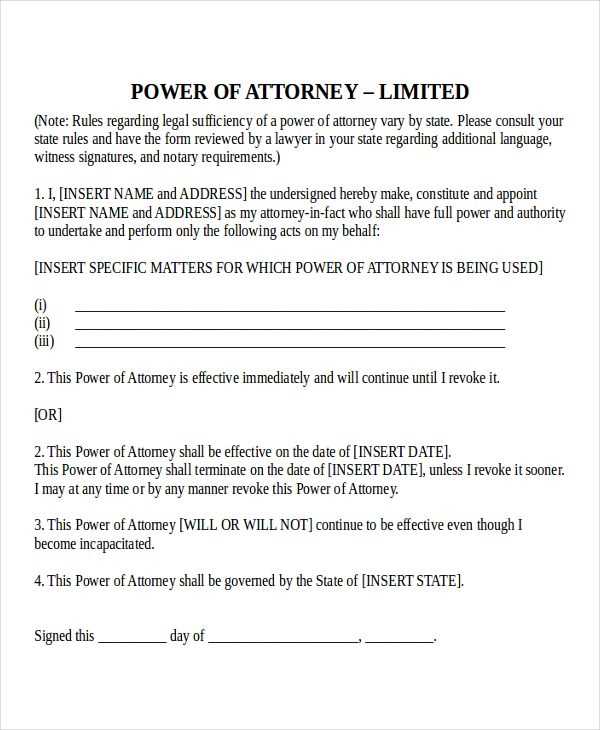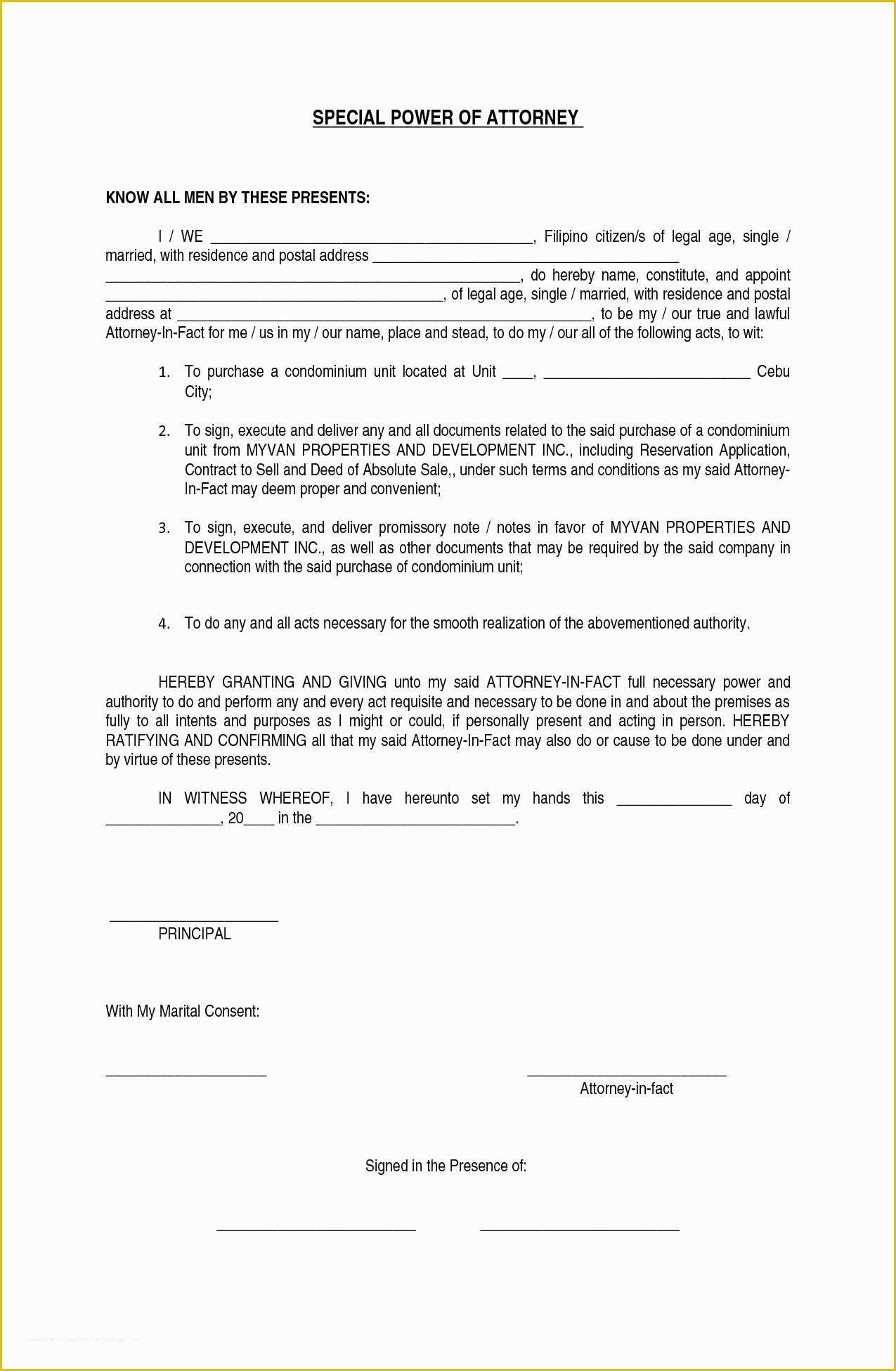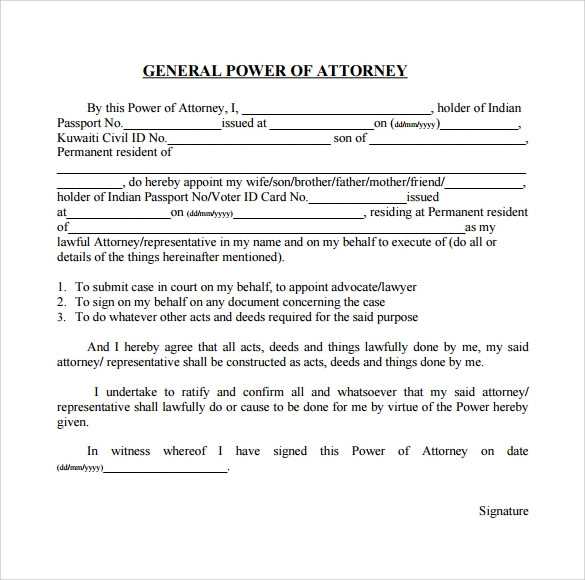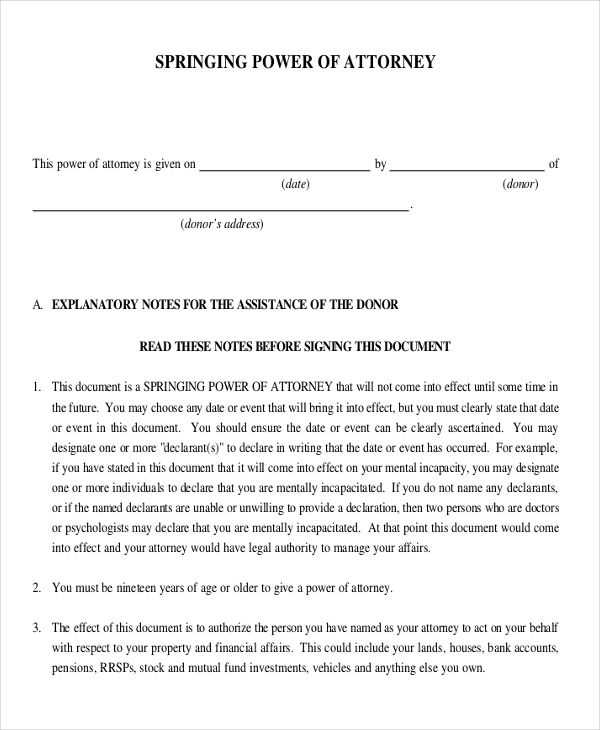How to Use a Letter of Attorney Template

Creating a formal document that grants one person the power to act on behalf of another is an essential process for managing legal and financial matters. This document ensures that your interests are represented when you cannot be physically present to handle tasks or decisions. Having a properly drafted form can make the process straightforward and reliable.
Why Use a Legal Authorization Form?
When individuals are unable to perform certain duties, a written authorization allows someone else to act in their place. This form is used for a variety of purposes, including managing financial accounts, signing documents, or making medical decisions. A well-prepared document eliminates confusion and ensures that the person’s intentions are respected.
Common Use Cases
- Managing Finances: Assign someone to handle banking or investments.
- Medical Decisions: Appoint someone to make health-related choices on your behalf.
- Real Estate Transactions: Give permission to complete property sales or purchases.
Steps to Create an Effective Authorization Document
Drafting a document that grants someone the authority to act for you involves clear and concise wording. Here are the key steps to follow:
- Identify the Parties: Clearly state who is granting the power and who will receive it.
- Define the Scope: Specify the actions the authorized person can take.
- Set a Timeframe: Indicate if the power is temporary or permanent.
- Signature and Witnessing: Ensure both parties sign the document, and a witness may be required in some cases.
Key Considerations When Granting Power

Be sure to define the limitations of the granted powers to avoid misunderstandings. Including specific instructions on what is authorized helps keep everything in line with your expectations. If the authority is general, it can cover a broad range of actions, whereas a specific grant limits the scope of activities.
Common Mistakes to Avoid

- Ambiguity: Vague language can lead to confusion about the powers granted.
- Omitting Important Details: Always include necessary information like the duration and boundaries of authority.
- Forgetting to Sign: An unsigned document holds no legal weight.
Creating a solid and effective legal form provides peace of mind and clarity. Taking the time to ensure accuracy and legality is essential to avoid future issues and ensure that the actions taken on your behalf are in line with your wishes.
Understanding Legal Authorization and Its Variations

In situations where an individual is unable to perform certain tasks or make decisions, a formal document can grant another person the authority to act on their behalf. This type of agreement ensures that all actions taken are within the scope of the grantor’s wishes, whether it’s for financial, legal, or medical matters. Understanding how to create such a document and its components is essential for ensuring its validity and clarity.
What Is a Power of Attorney?

A power of attorney is a legal document that allows someone to make decisions or take actions in place of another person. This document can be tailored to specific needs, such as managing finances, making health-related decisions, or handling legal matters. It ensures that the designated individual has the authority to represent the grantor when they are not available to do so themselves.
Steps to Create a Legal Authorization
Creating a valid document that grants another person power involves several key steps:
- Choose the Person: Decide who will be granted the power to act on your behalf.
- Define the Scope: Clearly outline what actions the individual is allowed to take. Be specific to avoid any misunderstandings.
- State the Duration: Indicate whether the powers are permanent or temporary, and under what conditions they may end.
- Signature and Notarization: Make sure that both parties sign the document, and have it notarized if required by local laws.
Key Elements in an Authorization Document
It’s crucial to include several key details to make the authorization document comprehensive:
- Identification of Parties: Clearly identify both the person granting the power and the one receiving it.
- Specific Actions Authorized: Specify the exact actions the agent can take, whether it’s related to finances, healthcare, or legal matters.
- Conditions and Limitations: State any conditions, limitations, or restrictions on the power being granted.
By carefully considering these aspects, you can create a clear and legally sound document that serves your purpose.